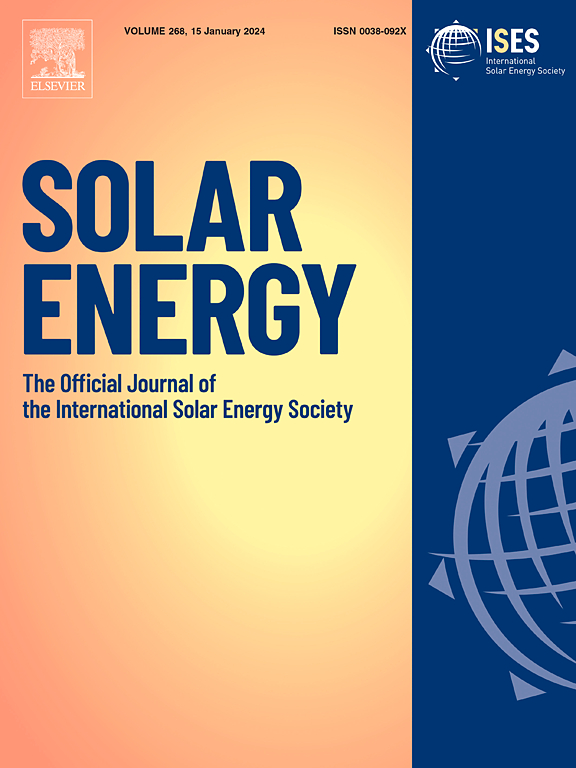Leveraging large-scale aerial data for accurate urban rooftop solar potential estimation via multitask learning
IF 6
2区 工程技术
Q2 ENERGY & FUELS
引用次数: 0
Abstract
Convolutional Neural Networks (CNNs) have shown remarkable success in remote sensing tasks. In urban contexts, recent research has utilized CNNs to generate rooftop segmentation masks and determine rooftop section orientation from aerial images. This cost-effective approach is especially valuable for large-scale rooftop solar potential estimations when detailed three-dimensional data is unavailable. This research introduces SolarMTNet, a novel multitask dense-prediction network designed for rooftop solar potential prediction using only aerial images. Unlike previous studies that focus on small manually labeled datasets (approximately 2000 scenes) and only segment rooftop orientations while typically assuming constant slopes, SolarMTNet simultaneously segments both orientations and slopes, enhancing the accuracy of solar potential estimations by 40%. SolarMTNet leverages a large, automatically labeled dataset (up to 280000 scenes) created from open-source Swiss geospatial and aerial data, significantly improving generalization. The model is trained on rooftop data from the Zurich and Geneva cantons and cross-validated on the Canton of Vaud, Switzerland. The results show a mean Intersection over Union (mIoU) of 0.67 for orientation segmentation and 0.40 for slope segmentation. The estimated irradiance exhibits an absolute mean percentage difference of only 5% compared to real solar cadaster data derived from detailed model-based calculations, primarily due to shading issues. Finally, SolarMTNet has also been tested in different geographical areas outside Switzerland (France and Germany), demonstrating consistent performance across diverse regions and pixel resolutions.

求助全文
约1分钟内获得全文
求助全文
来源期刊

Solar Energy
工程技术-能源与燃料
CiteScore
13.90
自引率
9.00%
发文量
0
审稿时长
47 days
期刊介绍:
Solar Energy welcomes manuscripts presenting information not previously published in journals on any aspect of solar energy research, development, application, measurement or policy. The term "solar energy" in this context includes the indirect uses such as wind energy and biomass
 求助内容:
求助内容: 应助结果提醒方式:
应助结果提醒方式:


